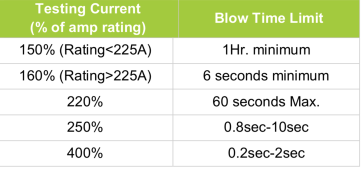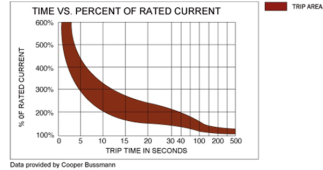Hello all,
Newbie here. I am connecting a BattleBorn 100A battery to serve as backup for twp Pieces of medical equipmen. I also want to have the capability to use a 1000 watt pure sine wave inverter. I was going to put in a 100 amp breaker, or 100 amp ANL fuse along with battery shutoff. This will feed to a distribution block where I’ll connect the charger and MPPT controller, each with their own breaker.
Question is: The BattleBorn manual says to use an ANL fuse, yet I have ready many places that a circuit breaker would be better and the breaker could do double duty as a shut off switch to disable all battery power if needed (only after first turning off solar and AC chargers first). Is there a valid argument for ANL fuse vs Circuit Breaker? Or will either one work OK?
Safety is highest priority.
Thanks, JimF
Newbie here. I am connecting a BattleBorn 100A battery to serve as backup for twp Pieces of medical equipmen. I also want to have the capability to use a 1000 watt pure sine wave inverter. I was going to put in a 100 amp breaker, or 100 amp ANL fuse along with battery shutoff. This will feed to a distribution block where I’ll connect the charger and MPPT controller, each with their own breaker.
Question is: The BattleBorn manual says to use an ANL fuse, yet I have ready many places that a circuit breaker would be better and the breaker could do double duty as a shut off switch to disable all battery power if needed (only after first turning off solar and AC chargers first). Is there a valid argument for ANL fuse vs Circuit Breaker? Or will either one work OK?
Safety is highest priority.
Thanks, JimF






